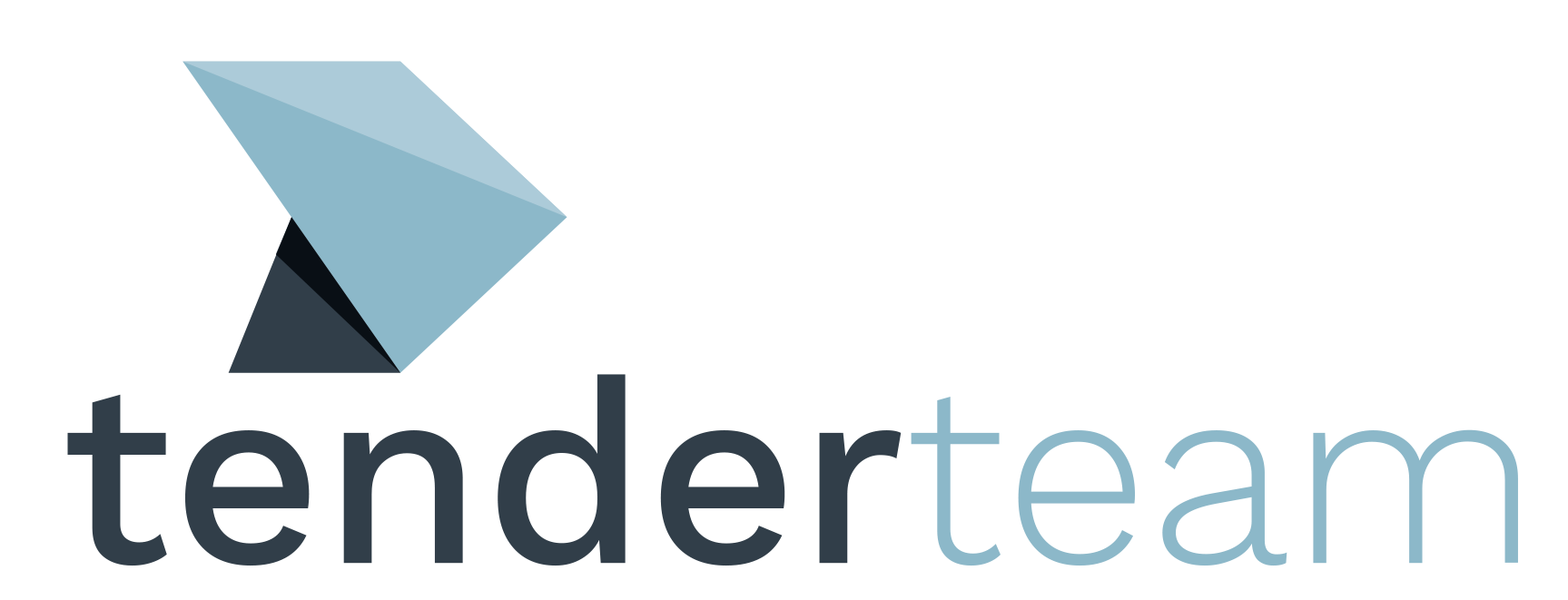Who
Companies interested in tendering for business, any sector, any industry.
What
Company numbers etc
Procurement portal registration details
Company overview, organogram, management pen pics
Relevant CVs that are updated regularly
Case studies covering every aspect of the project/service delivered – relevant sections can then be used in support of different bids
Customer Testimonials at company, team and personnel levels
Customer contact details for those who have agreed to provide references
Process outlines e.g. escalation management, service management, issue management etc
Environmental policy, statement, approach
Health & Safety policy, statement, approach
‘Vanilla’ content that can be provided to SMEs as a starting point for responses
Outline features & benefits of your solution/service
Rate cards, discount options
Sustainability programme details
Solution specific information, datasheets, partner details
Competitor profiles and SWOT analyses
Customer feedback with recommendations for future submissions
Re-tender opportunities for unsuccessful bids (dates, incumbent etc) as well as end dates for successful submissions
Where
A central resource with commercial sensitivity restrictions in place.
When
Like planting a tree, the best time was 20 years ago (or at company inception at least), but the second best time is right now.
Why
A plethora of reasons – save time, effort, rework, money… it will be the first port of call for every future pitch, prospect meeting, bid, proposal, tender or project.
How
Every little really does help. Beg, steal, borrow and scrape the written word from every possible source including:
Previous tenders – even if you need to download them from procurement portals, an obsolete CRM system or from someone’s hard drive
Ask – most people have written something about what they do in the company or a previous project
Ask the experts – many people have blogs or are part of industry meet-ups/forums etc – repurpose their content and quote them as SMEs
Pitch decks – speakers notes can be especially invaluable
Company statements and presentations for all hands meetings
Company’s own website
Company annual reports
Press announcements – make sure you follow all socials.
Internal announcements e.g. charity activities, contract wins, new accreditations, end of project congratulations emails
Company newsletters
Partner websites and socials
Marketing case studies – create templates for new project descriptions for issue to delivery leads
Corporate process documents including security, data protection, quality, health & safety
Induction materials – these often frame the company in a concise, usable way.
Research white papers from your own company and other relevant stakeholders
Request testimonials from your delivery team contacts, strike while the iron’s hot after a successful project completion
Research company accreditations, memberships and accolades and document their benefits to your customers
Conference materials
Customer contacts database/spreadsheet
Team sites and WIKIs for org charts and operational information
Get friendly with the detail people of your organisation – IT, accounts, quality, test legal, risk, marketing. If you’re lucky enough to have a PMO raid everything they have.
Use LinkedIn to tailor CVs – also a good source for project descriptions.
Company systems e.g. Jira, SAP or ServiceNow for evidence of workflows processes and reporting capabilities
Company knowledge management tools such as confluence, google drive or sharepoint
And when you’ve organised all that, the real work begins!
Get in touch with us today to start planning your Bid library.
Written by Margaret McMullan,Tender Team Consultant











